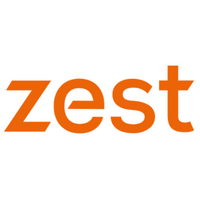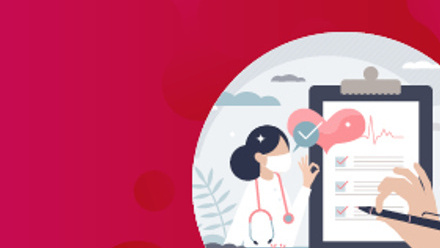Embracing benefits technology to build a positive culture where employees feel rewarded and engaged

While essential in building a corporate culture that is fair and equal, these activities are often focused more on conflict avoidance and resolution. They don’t in themselves lead to an engaged workforce with a positive view of the organisation.
However, an increasing amount of work that HR and reward teams undertake is focused on exactly that – better engaging with employees to promote a positive view of the organisation; aiding the recruitment of talent, improving productivity and reducing attrition.
People are people not cogs
To build a positive environment, it’s essential that employee’s feel rewarded, that their individual contribution is recognised, and that they remain aware of what’s going on across their team, office or the wider organisation. Healthy cultures allow people to feel like people, rather than simply a cog in a corporate machine.
This requires HR and reward teams to communicate relevant and engaging content in an accessible and timely manner. However, communicating effectively with every person within a larger workforce can present a number of challenges.
Different approaches
Firstly, individuals place different value on each aspect of their employment - what’s important to one person may not be as important to the person sat next to them. For example, when providing financial wellbeing information, there may be less value in promoting pension consolidation services to employees that have only just entered the workforce. They may instead be more interested in information about Workplace ISAs.
Similarly, different employees may be entitled to receive different information based on their role, grade or place of work. For example, information about the Liverpool office summer BBQ is of no relevance to employees in the Inverness office. Likewise, local discounts that may have been negotiated should be promoted to those employees that can access them.
Thirdly, standardised mass-communications fail to engage employees on a personal level. For example, an annual bonus letter sent to an employee that has achieved 200 per cent of their annual target may want to be framed differently to another who has fallen short of their target. Passing on special thanks when it is deserved can make a huge difference.
Finally, simply reaching every employee can present a huge challenge. This can be particularly true for distributed workforces and those operational businesses where employees don’t regularly have access to a work computer. Furthermore, even where it is possible to communicate with employees, HR and reward functions often struggle to curate sufficiently engaging content. In an increasingly digital world, employees are used to consuming information online, through different mediums such as video, with related actions available at the click of a button.
Technology solution
Thankfully, technology can provide a simple solution to overcome these challenges. Employee benefit platforms, such as Zest, allow employers to create personalised communications and online content, embedding information about the employee, their current employment and their compensation and benefits package. This allows emails and online content to be addressed to specific employees with highly personalised content, without the effort of manually tailoring each communication.
Using platforms, new content can be added at the click of a button, with pages easily grouped and ordered to create an organised library on topics relevant to your employees, such as health and wellbeing, financial wellbeing, local discounts and group policies.
The use of simple editors means anyone within your HR and reward team can add engaging content, with changes taking effect on a specified date and time. This is particularly helpful in allowing content to be updated in advance of a new HR initiative or scheduling information to be displayed for a fixed period in advance of an event.
Importantly, content can be automatically assigned to appropriate groups of employees, so that they only see information for which they are eligible. Grouping of employees is easily added through the use of simple rules, which again requires no technical expertise. As an example, this could allow you to provide information about relevant local discounts to only those employees within that particular local office. Alternatively, it could allow you to present a different message to the individual that achieved 200 per cent of their annual target, to include a personal message of thanks from the managing director.
This information can be made available to employees across any device, including their own smartphone, enabling important messages to reach a larger number of employees. Due to the responsive nature of online platforms, all information is automatically presented to employees through a clean and elegant interface.
Engaging content, such as videos, can be directly embedded to pages, allowing for a richer employee experience. This could allow you to add a video from the local charity that your company has chosen to support, helping your employees to appreciate the direct impact of their contributions.
These features are an extension of already powerful benefit platforms that allow your employees to easily manage their personal benefits package and view the total value of their employment package. Your existing benefits platform should be able to provide this functionality. Gone are the days of going cap in hand to your provider who will charge you for making the change. Your benefit platform should put you in control of your content.
When selecting a benefits platform, you should consider how you can harness its power to more effectively communicate with your people, and in doing so build a more open and engaged corporate culture.
The author is Nick Kjelgaard, partnership director at Zest.
This article is provided by Zest.
Supplied by REBA Associate Member, Zest
Zest is the next generation platform that’s reinventing the world of employee benefits.







